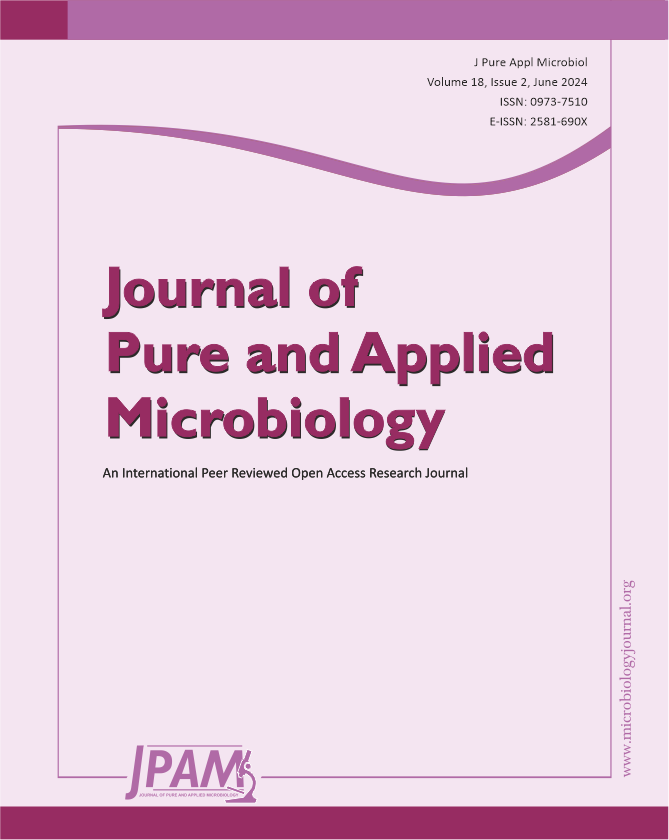Biosurfactant obtained from microorganisms isolated from different locations presents an alternative source to chemical surfactant, due to its structural and functional similarity, as well as its biodegradability properties. The goal of this work was to isolate biosurfactant-producing bacterial strains in seven sites with oil-contaminated soils, in district Lucknow, Uttar, India. Drop collapse assay, oil displacement method, emulsification activity and haemolytic assay were used to screen the total of 13 distinct colonies obtained from this study. Isolates GAR-1, TP-2, PET-1 & PET-3 were screened and evaluated to be more potent for biosurfactant production. The molecular identification of GAR-1, TP-2, PET-1 & PET-3 isolates were identified by 16S rRNA sequencing and characterized by FT-IR analysis. A total of 13 bacteria were isolated in the oil-contaminated soils, these four strains with high biosurfactant-production, identified as Bacillus paralicheniformis HRA-IU, B. velezensis NWR-20, Bacillus sp. HUR-IU and P. aeruginosa HUR-IA, respectively. The present study confirms that isolated microorganisms have biosurfactant property and screens the most potent biosurfactant (rhamnolipid) producing strain which is Bacillus sp. HUR-IU.
Biosurfactant, Drop Collapse Assay, Emulsification, Oil-contaminated Soils, Isolated Microorganisms
© The Author(s) 2024. Open Access. This article is distributed under the terms of the Creative Commons Attribution 4.0 International License which permits unrestricted use, sharing, distribution, and reproduction in any medium, provided you give appropriate credit to the original author(s) and the source, provide a link to the Creative Commons license, and indicate if changes were made.


